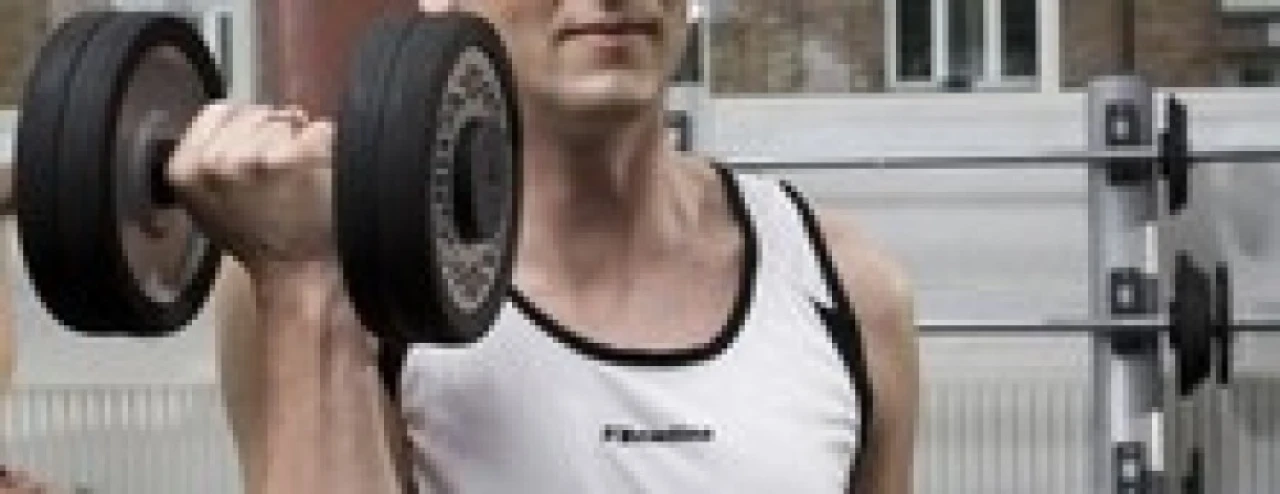Mange er bekymret over at det med økende alder er vanskeliger å oppnå resultater. At det kommer et punkt i livet der dette vil skje er det nok ingen tvil om, men når skjer det egentlig?
Et studie har forsøkt å se på effekten på både 1RM og hypertrofi ved økende alder. Selv om forsøkspersonene var relativt unge (18-39) kunne man trekke noen konklusjoner ut av studiet. Studiet ble gjort på 826 utrente individer over en 12 ukers periode.
Økende alder er negativt korrelert med økning i 1RM, men positivt korrelert med muskelvekst, i hvertfall i den undersøkte aldersgruppen og i dette studiet. Dette betyr altså at i med økende alder fra 18 mot 39 vil det være mindre økninger av 1RM, men allikevel en økning i muskelveksten.
Det viser seg altså at selv om økende alder sakte, men sikkert setter begrensninger for økning i styrke, vil muskelveksten kunne fortsette med minst uforandret tempo opp mot 40- årene.
Hele og fulle sannhet? Kanskje ikke, men allikevel en motivasjon for treningen for de som nærmer seg voksen alder, spesielt om målsetningen er av kosmetisk art.
Association of Age with Muscle Size and Strength Before and After Short-Term Resistance Training
The purpose of this study was to assess the association of age with muscle mass and strength in a group of young adults before and after 12 weeks of progressive resistance training. Eight hundred twenty-six young males and females (age 24.34 +/- 5.69 yr, range 18-39 yr) completed a strictly supervised 12-week unilateral resistance training program of the nondominant arm. Isometric (maximal voluntary contraction [MVC]) and dynamic strength (1 repetition maximum [1RM]) of the elbow flexors and cross-sectional area (CSA) of the biceps-brachii using magnetic resonance imaging (MRI) scans were measured before and after training. Pearson correlation coefficients were calculated for size and strength variables and age. In addition, the cohort was divided into groups according to decade of life and differences assessed by analysis of variance. Age correlated significantly and positively with all pretraining measures of muscle size and strength (CSA: r = 0.191, p < 0.001; MVC: r = 0.109, p = 0.002; 1RM: r = 0.109, p = 0.002). Age was not related to the training-induced changes in CSA or MVC but was negatively associated with the change in 1RM (r = -0.217, p < 0.001). The study indicates that age does have a significant positive relationship with muscle size and strength in untrained young adults. Although age was negatively associated with improvements in 1RM, the effect of age was small relative to the improvements induced through resistance training, thus suggesting age does not limit response to training in any practical way during early adulthood.
Lowndes, J, Carpenter, RL, Zoeller, RF, Seip, RL, Moyna, NM, Price, TB, Clarkson, PM, Gordon, PM, Pescatello, LS, Visich, PS, Devaney, JM, Gordish-Dressman, H, Hoffman, EP, Thompson, PD, and Angelopoulos, TJ. Association of age with muscle size and strength before and after short-term resistance training in young adults. J Strength Cond Res 23(7): 1915-1920, 2009.
